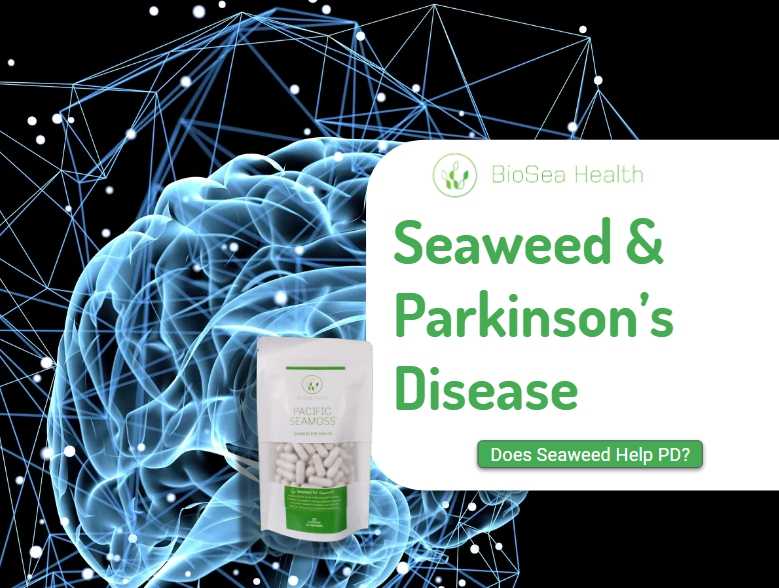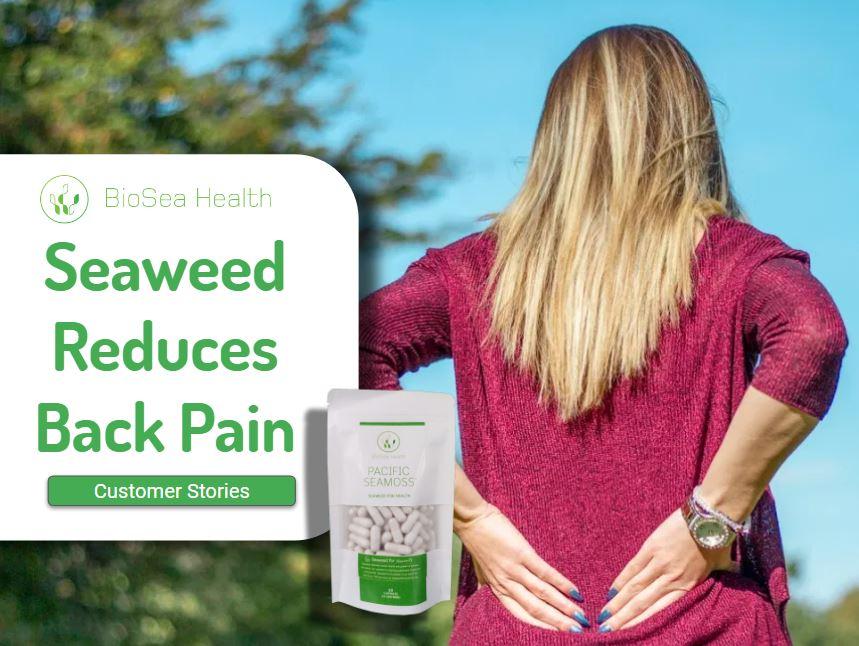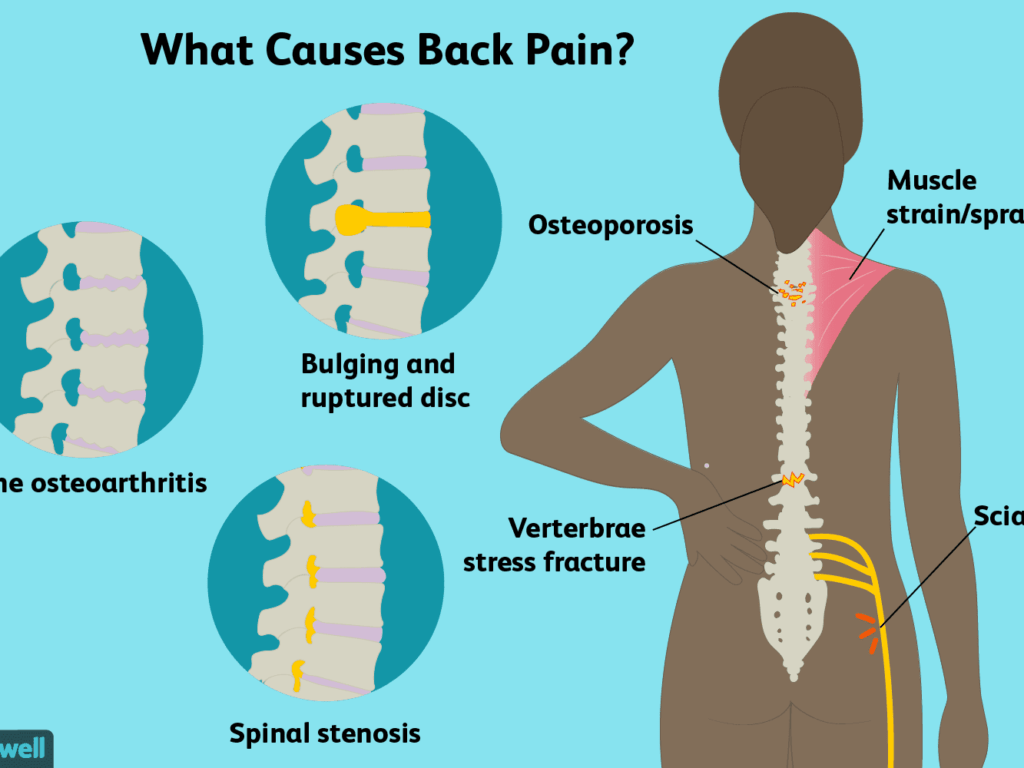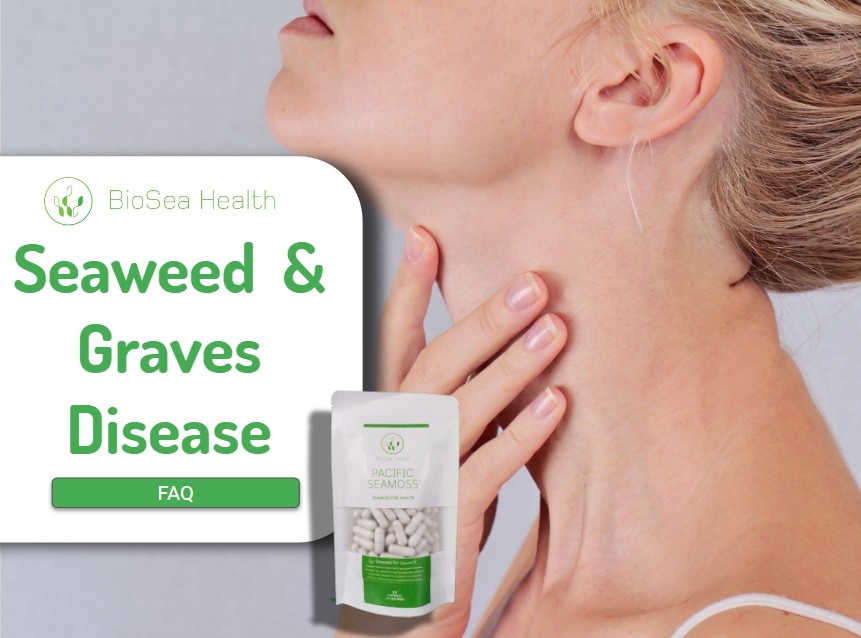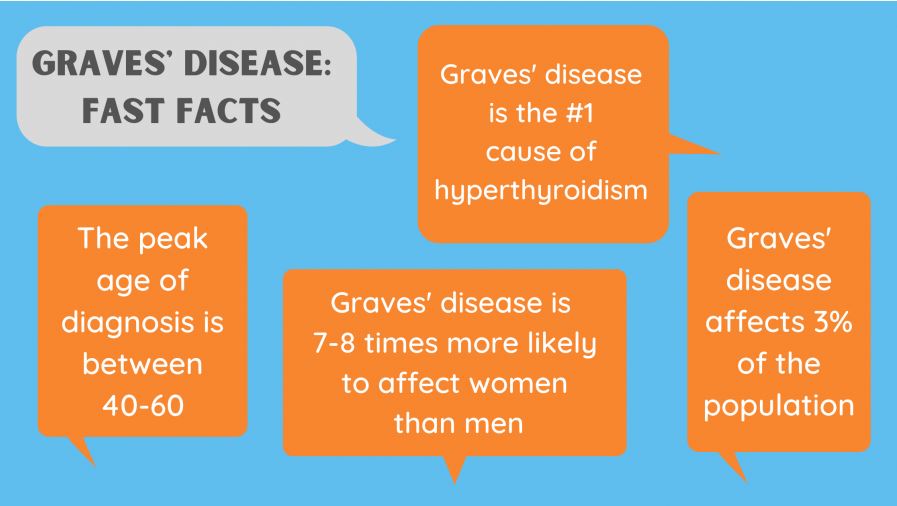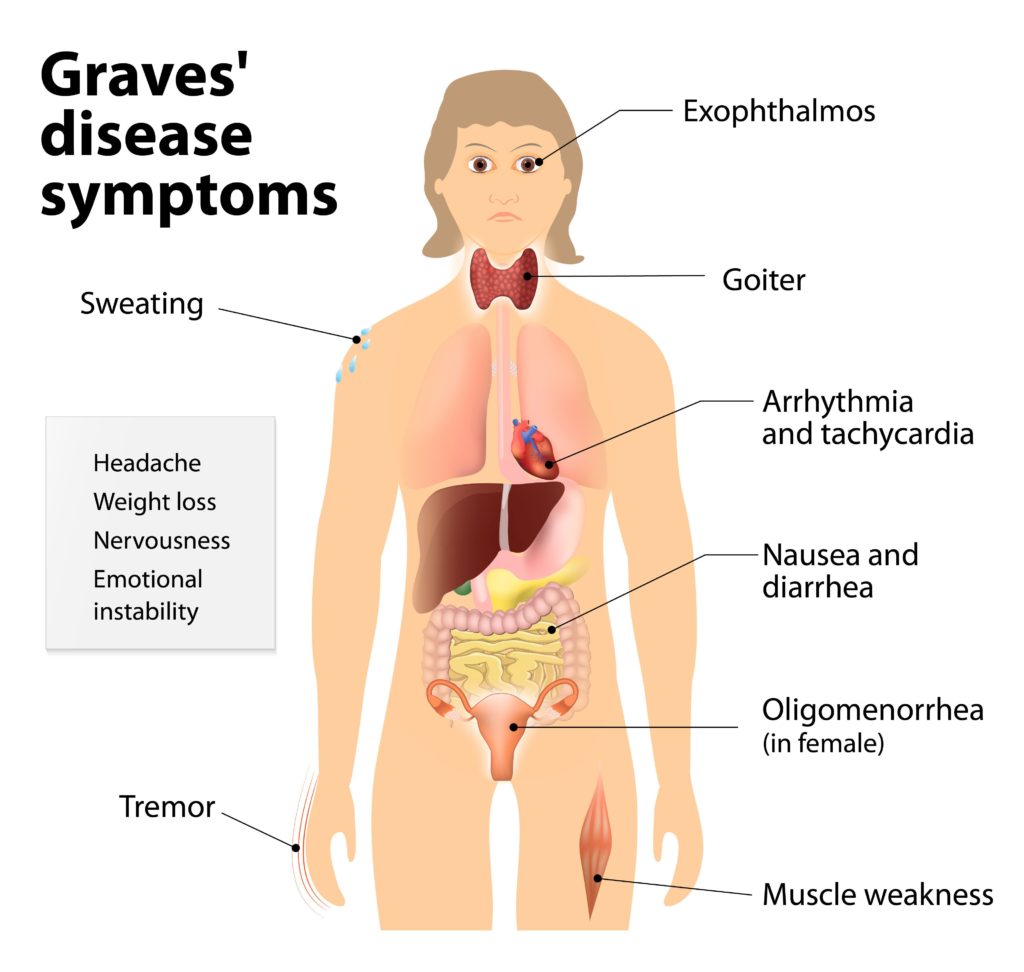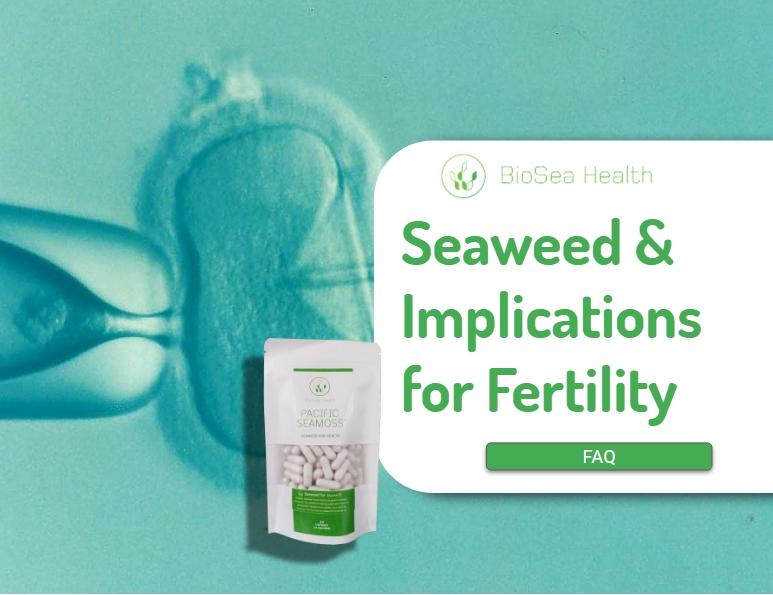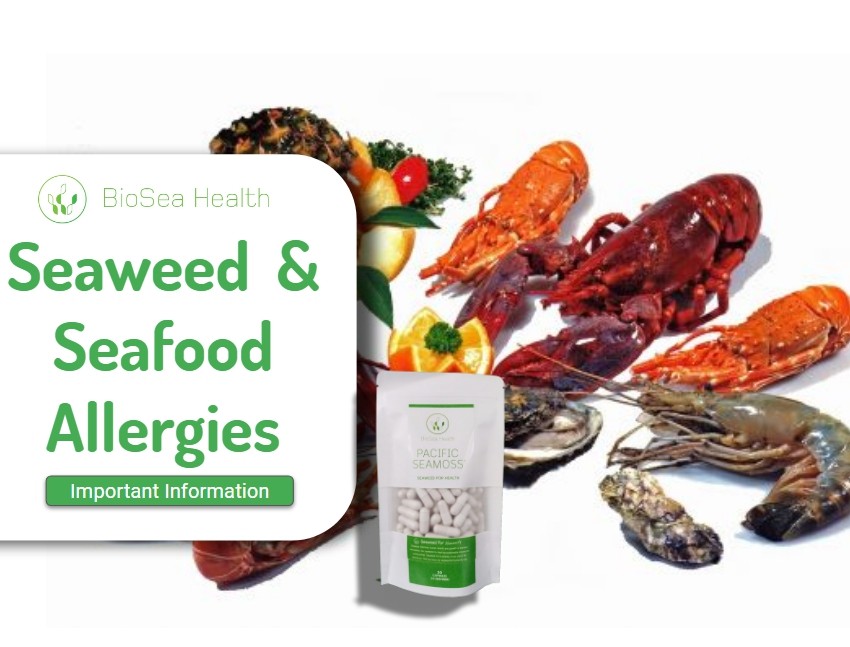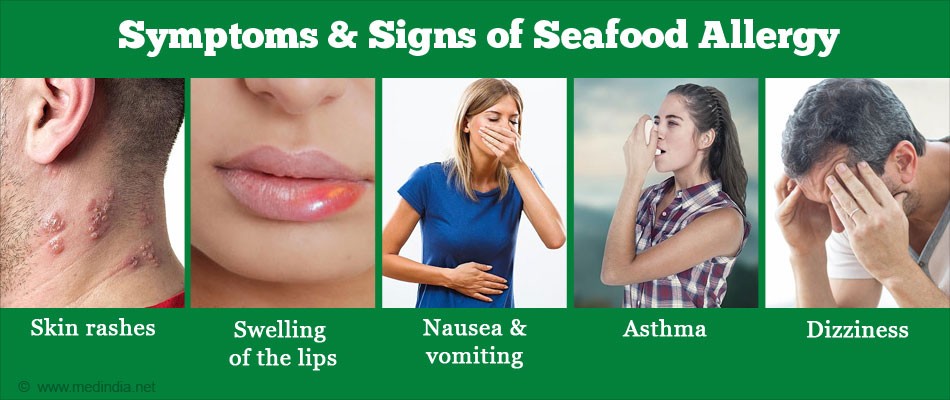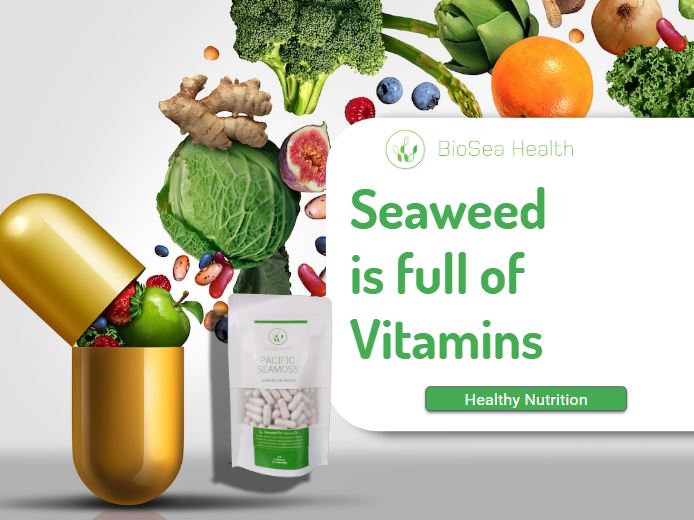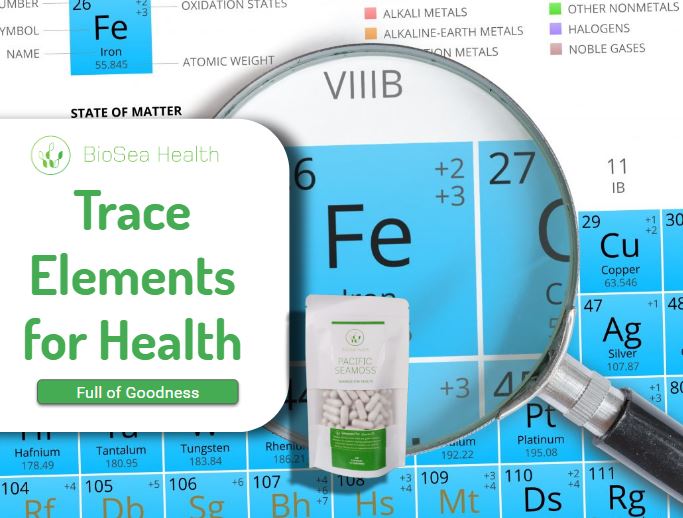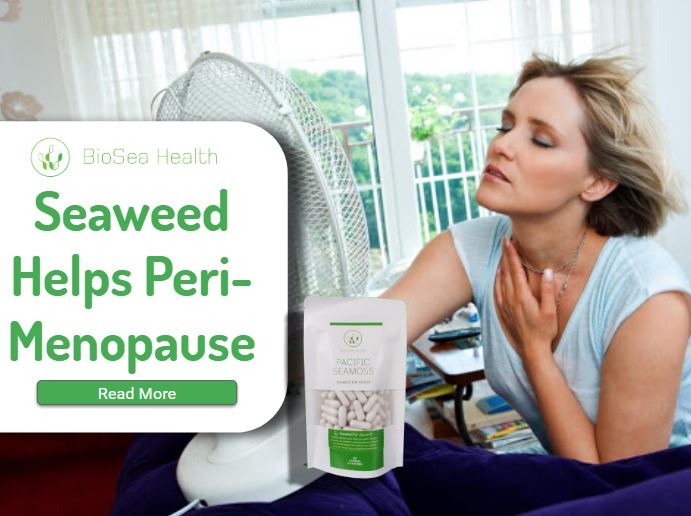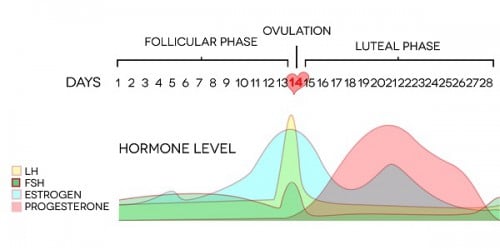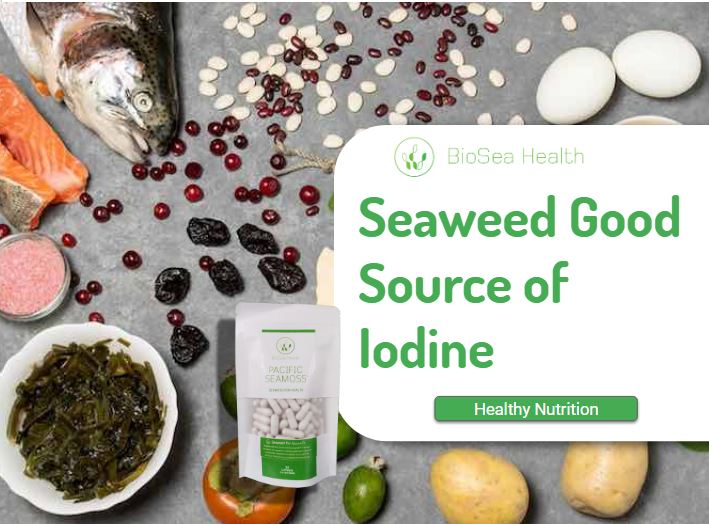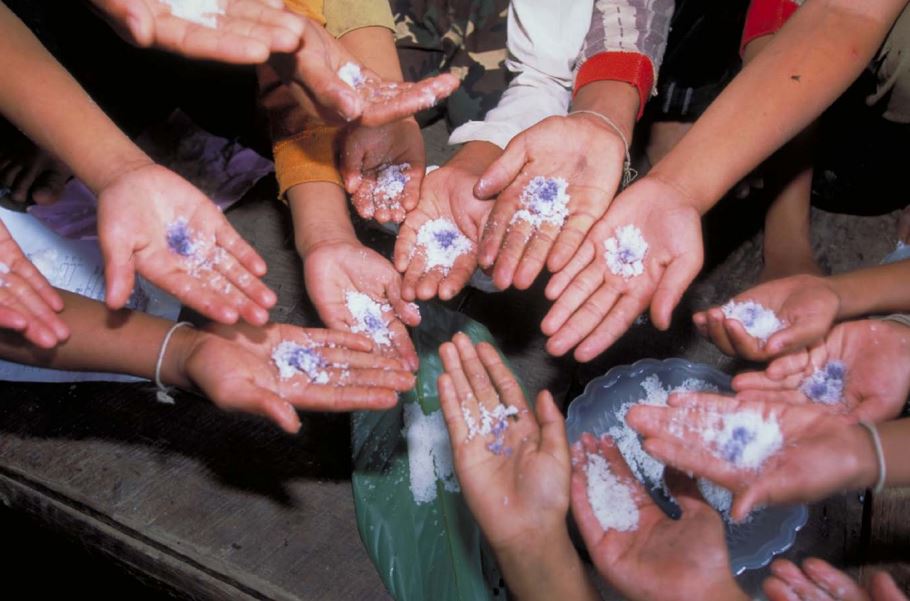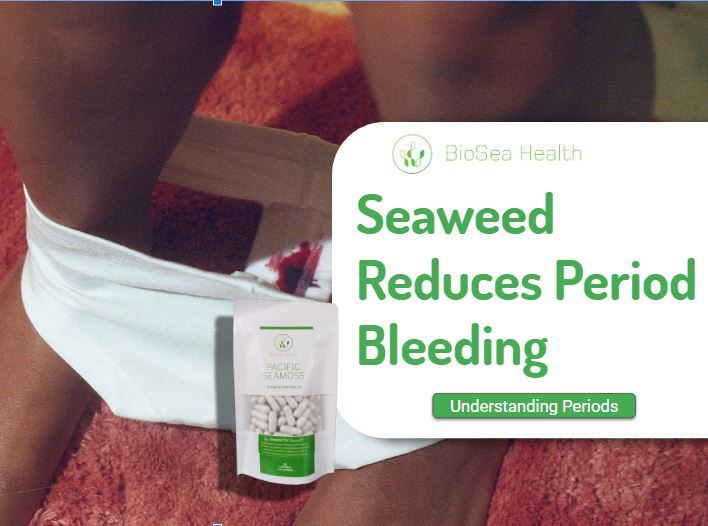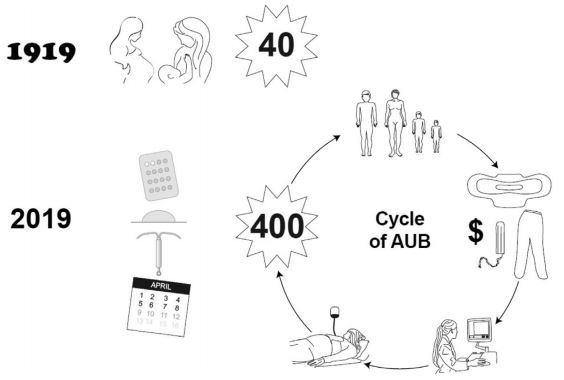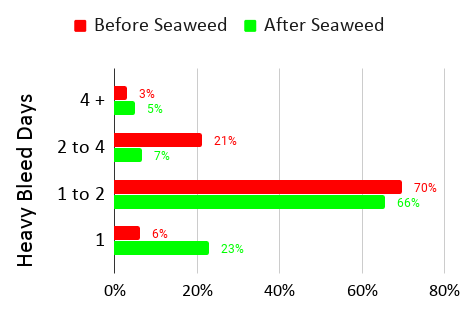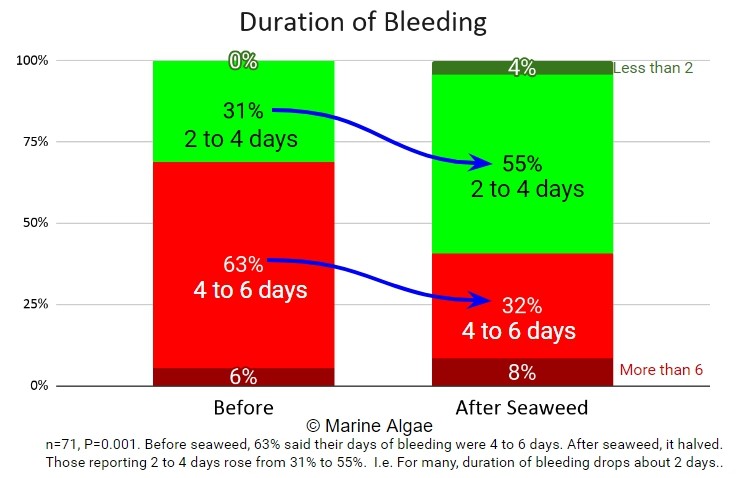There is no evidence seaweed can cure Parkinson’s Disease, but there is some good lab research showing that seaweeds may improve Parkinson’s Disease (PD) outcomes and anecdotal evidence from customers says seaweed reduces Parkinson’s Disease effects and improves the quality of life.
What is Parkinson’s Disease
Parkinson’s disease (PD) is a neurodegenerative disorder that affects predominately dopamine-producing (“dopaminergic”) neurons in a specific area of the brain called substantia nigra. (Parkinson’s Foundation)
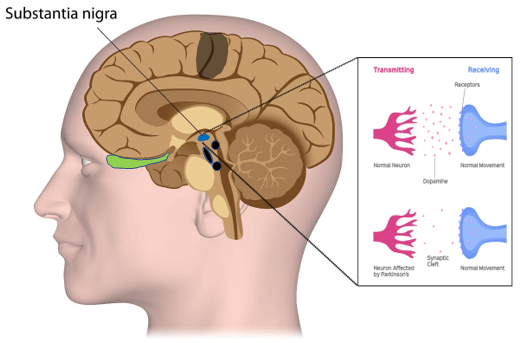
Parkinson’s Disease is the second most common neurodegenerative disorder after Alzheimer’s disease (AD), affecting 1–2% of the population over age 60 estimated at over 10m globally. Individuals with genetically-linked familial forms of PD, represent less than 10% of the patients, and have an earlier onset of disease; occurring before the age of 40 or 50. PD is characterized by the progressive degeneration and loss of dopaminergic (DA) neurons in the substantia nigra of the midbrain and defined in part by the presence of intracytoplasmic inclusions called Lewy bodies (LBs).
Symptoms generally develop slowly over years. The progression of symptoms is often a bit different from one person to another due to the diversity of the disease. People with PD may experience:
- Tremor, mainly at rest and described as pill-rolling tremor in hands. Other forms of tremor are possible
- Slowness of movement or bradykinesia such as getting out of a chair
- Limb rigidity
- Gait and balance problems
Standard Treatment for Parkinson’s Disease
With no cure, treatment options vary and include medications and surgery. Levodopa, the most effective Parkinson’s disease medication, is a natural chemical that passes into your brain and is converted to dopamine. Standard medication is levodopa is combined with carbidopa, which protects levodopa from early conversion to dopamine outside your brain.
PD itself is not normally fatal but disease complications can be serious.
Moreover, carers of PD patients can be very concerned that if they get unwell they will be unable to care for the PD sufferer.
What Causes Parkinson’s Disease
There’s no single cause of PD. A variety of factors with complex interactions are thought to be responsible for both the disease’s development and progression. Years of research, suggests that while exact causes are unknown, the disease is caused by some combination of genetic predisposition and environmental factors, such as exposure to certain pesticides and heavy metals. Some genetic mutations appear to be inherited, such as in early-onset PD, but these affect only a small number of families, and not everyone who inherits the genetic mutation will develop the disease.
Populations that eat seaweed have less incidence of PD and other major diseases. (Cotas et al. 2020) (Peñalver et al. 2020) Some studies have shown that phycobiliproteins extracted from red algae (phycoerythrin) could be beneficial in the prevention or treatment of neurodegenerative diseases caused by oxidative stress (Alzheimer and Parkinson’s) due to their antioxidant effects (Bleakley and Hayes 2017) Some studies have looked at brown seaweeds (Silva et al. 2019) and the role of antioxidants in vitro.
Seaweed reduces Parkinson’s Disease Symptoms
- Fatigue
- Seaweed increases energy – everyone reports more energy –
- Nutrient boost – Potassium and other minerals.
- Constipation
- Seaweed is 16% Soluble Fibre – feeds good gut bacteria
- Seaweed is 4% Insoluble fibre – bulk, helps reduce constipation
- Seaweed moderates smooth muscle action, making bowel movements easier . More information? Check out a blog on poo.
- Dopamine availability
- Tyrosine is a precursor for dopamine – makes more dopamine in the brain and seaweed has lots of these amino acids.
- NADH availability
- NADH is necessary for energy production in the powerhouse (mitochondria) of the cells.
- Niacin (B3) is the precursor to NADH
- There is some theories that cells die because of the breakdown in these power systems
- Theory that increased Niacin in the diet slows cell death.
- Seaweed at 2.5g has 20% of daily Niacin – increasing seaweed intake is SAFE because it is a whole food. Full vitamin analysis is here.
Seaweed is good for Parkinson’s Disease
- Cell Regeneration
- Theory in vitro – Increased Numbers of neurons in brain
- Theory in vitro – Increase Connections between neurons
- Reduces cognitive decline associated with accelerated ageing in the brain. Japanese population studies.
- Liver Cleanse
- Seaweed reduces liver build up
- Makes metabolism of both medicines and nutrients easy
- Better delivery of nutrients to cells
- Reduce build up from secondary products found in medication fillers
- Packed with Natural Nutrients
- Bioavailable and not toxic
- High in antioxidants
- High in plant sterols
- Reduce secondary effects of disease and medications – inflammation in cells and joints.
- Seaweed Is Safe
- All studies show NO adverse effects
- No behavior changes
- No psychological changes
- Iodine
- Natural form of iodine
- In amounts that are GOOD for thyroid function
- Restore thyroid function = healthy metabolism.
Conclusion – Seaweed is Very Promising
Bioactive compounds isolated from red, green and brown seaweeds possess immense immune potential with commendable medicinal activity and high nutritive value contributed by their unique chemical structures and molecular integrity. Venkatesan et al 2016 strongly suggest the importance of seaweed bioactive compounds in health and diseased conditions and the future exploration of seaweeds for neurological diseases, especially Parkinson’s Disease.
References
- Bleakley, Stephen, and Maria Hayes. 2017. ‘Algal Proteins: Extraction, Application, and Challenges Concerning Production’. Foods 6 (5). https://doi.org/10.3390/foods6050033.
- Cotas, João, Adriana Leandro, Diana Pacheco, Ana M. M. Gonçalves, and Leonel Pereira. 2020. ‘A Comprehensive Review of the Nutraceutical and Therapeutic Applications of Red Seaweeds (Rhodophyta)’. Life 10 (3): 19. https://doi.org/10.3390/life10030019.
- Peñalver, Rocío, José M. Lorenzo, Gaspar Ros, Ryszard Amarowicz, Mirian Pateiro, and Gema Nieto. 2020. ‘Seaweeds as a Functional Ingredient for a Healthy Diet’. Marine Drugs 18 (6). https://doi.org/10.3390/md18060301.
- Silva, Joana, Celso Alves, Rafaela Freitas, Alice Martins, Susete Pinteus, Joana Ribeiro, Helena Gaspar, Amparo Alfonso, and Rui Pedrosa. 2019. ‘Antioxidant and Neuroprotective Potential of the Brown Seaweed Bifurcaria Bifurcata in an in Vitro Parkinson’s Disease Model’. Marine Drugs 17 (2): 85. https://doi.org/10.3390/md17020085.
- ‘What Is Parkinson’s? | Parkinson’s Foundation’. n.d. Accessed 17 December 2020. https://www.parkinson.org/understanding-parkinsons/what-is-parkinsons.
- Venkatesan, Manigandan, Karthik Ramachandran, Saravanan Ramachandran, Subburaj Jayachandran, and Barath TR. 2016. ‘Ameliorative Role of Marine Seaweed Bioactives against Parkinson’s Disease’. In Food and Parkinson’s Disease.

